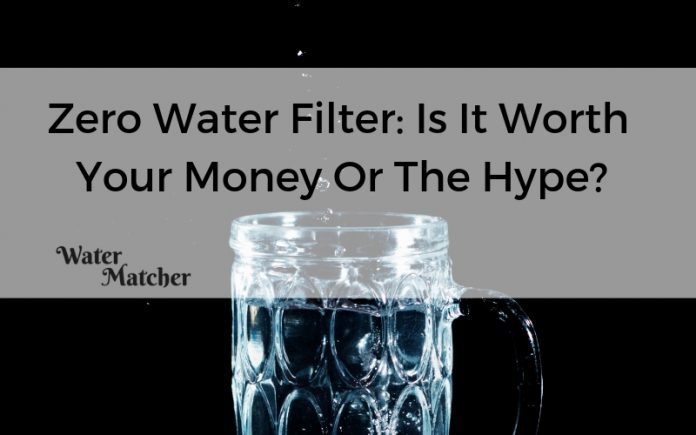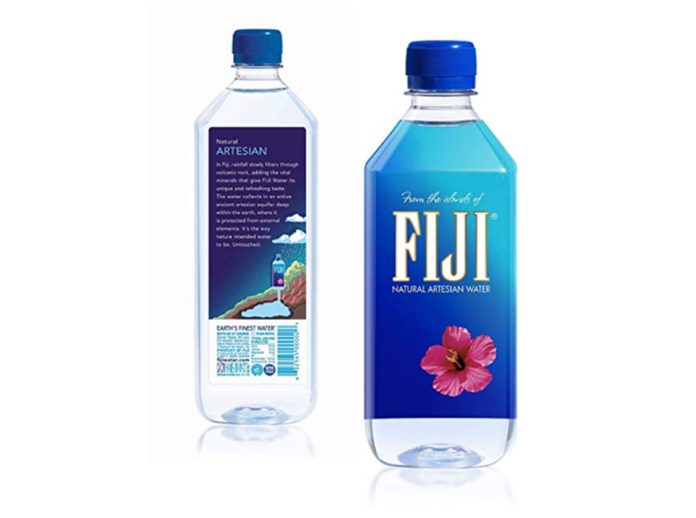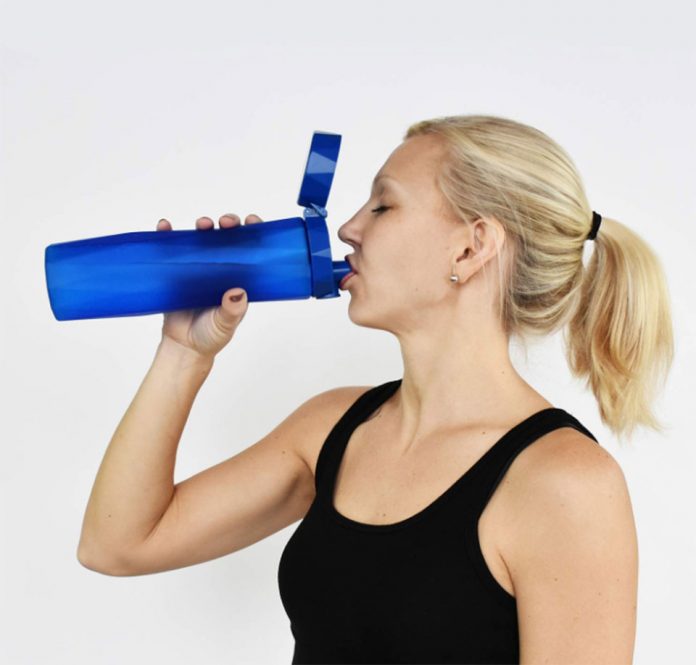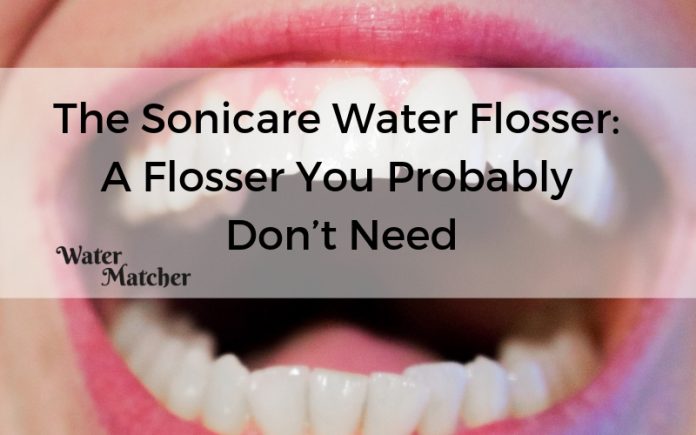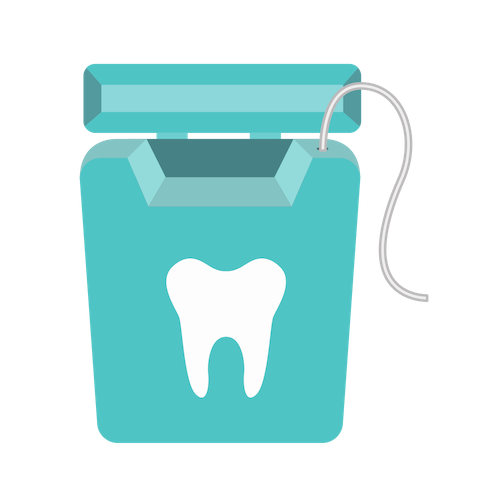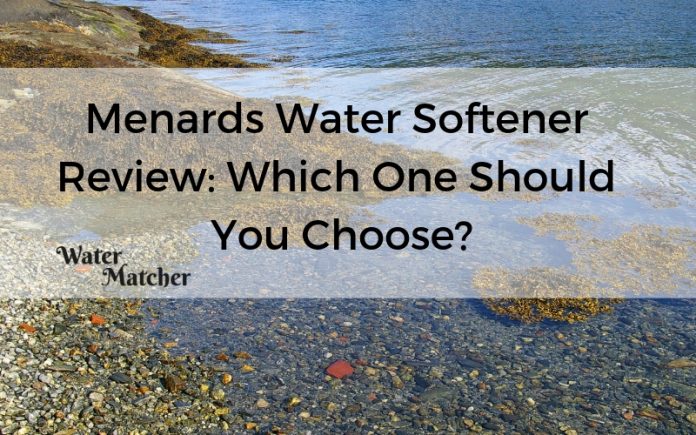Are you looking to buy a Zero water filter? Is it worth your money? Read this article to find out if you should or should not invest in it.
The Zero Water filter is one of the hottest water filtration systems on the market right now. But is it worth the hype and also the price? Does it do what it’s supposed to?
We compared the Zero Water filter against other popular water filtration systems to help you make the right choice for the health of your family.
Everybody knows that drinking water is essential for daily healthy living. Being fully hydrated means that your body is running at its best, and not having enough water can cause serious health issues.
However, it’s also important to ensure that the water you and your family are consuming is clean. Water quality can be a suspect thing, and in some areas of the U.S. the water is not safe to drink.
Plus, it’s possible that water can come into contact with lead and other unsafe substances if the water-processing technology is old, which in many places it is.
Even in areas where the water quality is high, this doesn’t mean that the taste is the best. And the better your water tastes, the more likely everybody is to drink enough of it. This is why many people are in search of a great water filter to ensure their family’s safety and hydration.
One of the most popular water filters on the market is the Zero water filter system. But is it worth the hype? We tested this product to find out.
What is the Zero Water Filter?
The Zero Water filter is a pitcher/tank water-filtration system. This means that you won’t have to have any weird gadgetry attached to your kitchen sink. Plus, the pitcher is an attractive and lightweight contraption that’s sure to find a home in any kitchen refrigerator. This is also very handy since even a child can operate it.
There are a few different models of the Zero Water filter: A 6-cup version, an 8-cup version, a 10-cup version and a 12-cup version come in “pitcher” varieties. These can be poured like a pitcher or dispensed from the bottom by way of a nozzle. The nozzle is useful for people like children or the elderly who may not be able to easily lift the pitcher for pouring.
There are also larger “tank” versions of the ZeroWater filtration system which come in a 20-cup, 30-cup and a whopping 40-cup size. These are designed to sit inside your refrigerator and can only be drained by the nozzle.
In addition, the ZeroWater company also produces a self-filtering cup for filtering water on the go.
Probably the most famous pitcher system is the Brita system, but the Zero Water filter operates quite differently. Most pitcher systems (like the Brita) make use of a carbon-based filter that causes contaminants like metals and chlorine to attach to the filter, thus allowing the purified water to pass through.
However, the ZeroWater filter acts differently. It actually has a five-stage filtering system, whereas most pitcher systems only have one. This, ZeroWater proclaims, produces water that is completely pure and very similar to a distillation process.
For those unaware, there is a difference between traditional filtered water and distilled water. Distilled water is the purest kind of water that you can obtain, and it’s generally produced by heating water enough to turn it into vapor and then filtering the vapor.
Distilled water tends to be more expensive than filtered water due to the intensive process required to make it. Most people don’t go all the way for true distilled water due to the effort it takes to obtain it. Plus, water distillers tend to be far more expensive than water filtration systems.
ZeroWater’s filtration system is about as close as you can get to the distilled water without actually distilling it. In fact, ZeroWater is so confident in their system that the ZeroWater filter comes with a Total Dissolved Solids meter. This is used to measure the amount of “solids” or contaminants that are left in the water.
Confidently, they say that when you use the ZeroWater filter, this Total Dissolved Solids meter will always read zero (thus, the name of the product.)
| Pros | Cons |
|---|---|
| Very effective and low cost | Some reviews say that it only was good for a month |

Product Specifications
- Material: Plastic
- Size: 12.2 x 6 x 11.6 inches (for the 10-cup pitcher)
- Weight: 1 pound (when not filled with water)
- Can you use other filters? No, the Zero system will only fit ZeroWater filters
- Target Audience: Water drinkers
Pricing
The pricing of the Zero Water filter depends on the size that you get. Different sizes are also available at different outlets. The most popular ZeroWater filters are probably the 10-cup pitcher version and the 20-cup tank version. These are available at Amazon, Bed Bath and Beyond, Walmart, Kettle and Cord, and other similar outlets.
The full fleet of ZeroWater filters is available directly through the ZeroWater company website. The pricing list is as follows:
- 6-cup pitcher
- 7-cup pitcher
- 8-cup pitcher
- 8-cup pitcher (stainless steel)
- 8-cup pitcher (round)
- 8-cup pitcher (clear)
- 10-cup pitcher (round)
- 10-cup pitcher
- 10-cup pitcher (ready pour)
- 12-cup pitcher (ready pour)
- 20-cup (ready pour)
- 30-cup (ready pour)
- 40-cup (ready pour)
As you can see, there is a variety here to choose from. Most home-dwellers will probably go with one of the smaller options as the 40-cup option is actually intended to be available to commercial outlets, which is why it is harder to find.
Of course, if you purchase the ZeroWater filtration system, you’ll also have to have an eye on how much the replacement filters cost. You can see the breakdown on the Zero Water filter site.
The cost of the price per filter goes down the more that you buy at a time.
How it Compares
Of course, it’s important to stack the Zero Water filter up against its competition to see if it’s worth the price. We have compared the Zero Water filter with a few other brands to understand how it stacks up against the other options on the market.
Brita Water Filter
Ease of Use
Both the Zero and the Brita water pitchers are of similar ease, though the Zero Water pitcher does come with the extra dispensing nozzle on the side and the Brita does not. But in terms of the actual pitcher, both operate the same way.
Assembly Time
Installing the filters on both is the exact same level of ease.
Build Quality
The Zero Water filter is of higher quality than the Brita most of the time, which is likely why it’s more expensive.
Warranty
Zero Water has a 90-day warranty from time of purchase, while Brita has a 30-day, money-back guarantee and a one-year warranty.
| Pros | Cons |
|---|---|
| Larger and taller than the average water filter pitcher | Removable lid, since it is very easy to remove, it also falls off easily |
MAVEA Water Pitcher
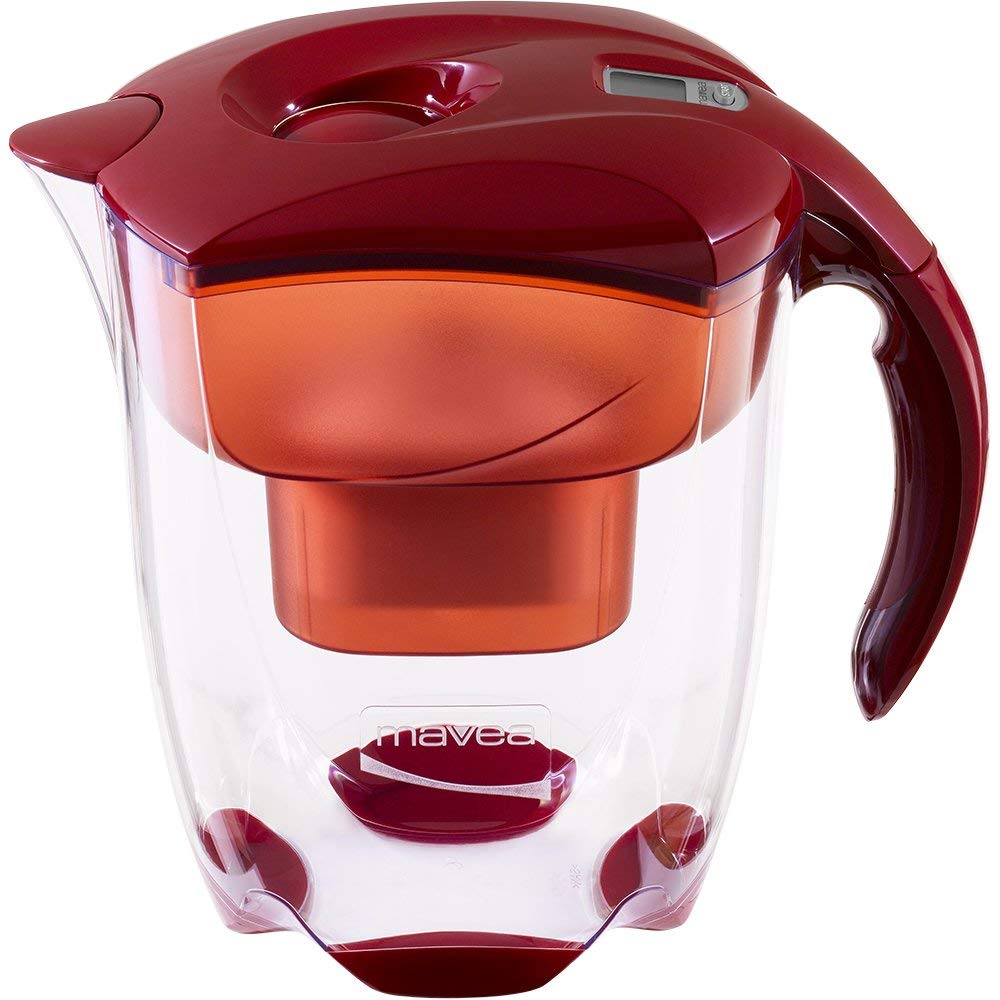
Ease of Use
Both pitchers are equally as easy to use, though the MAVEA pitcher has no side nozzle. The MAVEA can be filled one-handed without removing the lid, while the Zero cannot.
Assembly Time
Installing the filters on both is the exact same level of ease.
Build Quality
Both are of high-quality build.
Warranty
ZeroWater has a 90-day warranty from time of purchase, and MAVEA has a year-long warranty based on date of purchase (with proof of purchase).
| Pros | Cons |
|---|---|
| It is easy and convenient to use. | It is a bit heavy |
Amazon Basics Pitcher
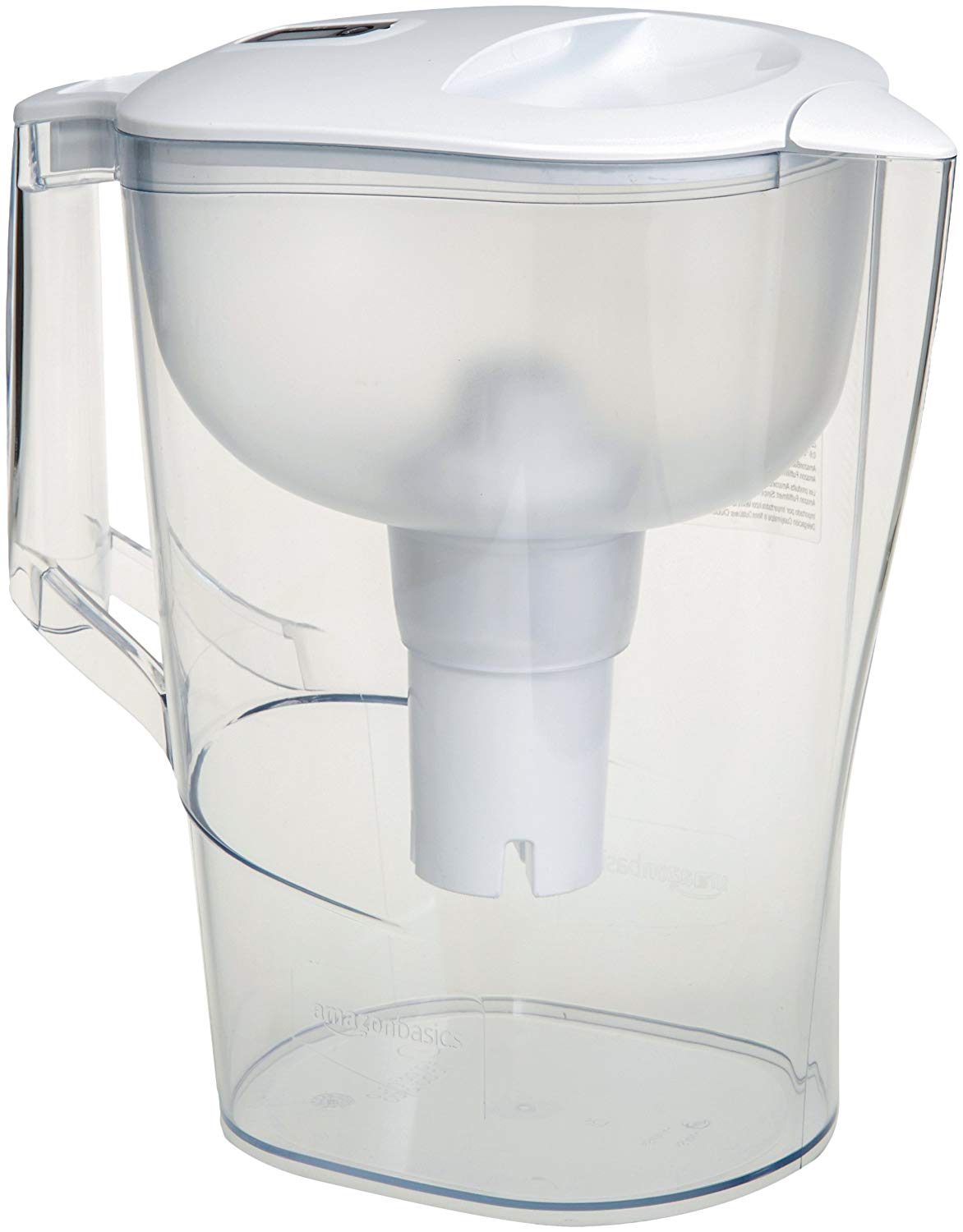
Ease of Use
Both pitchers are equally as easy to use as each other.
Assembly Time
Installing the filters on both is the exact same level of ease.
Build Quality
The Zero is of a higher quality than the Amazon Basics pitcher.
Warranty
ZeroWater has a 90-day warranty from time of purchase, and Amazon Basics offers a limited one-year warranty.
| Pros | Cons |
|---|---|
| Most affordable water filter pitcher available online | Lid may be too tight |
Pros and Cons: Zero Water Filter
Pros of the Zero Water Filter
- High-quality build. The Zero Water filter is definitely one of the higher-quality-build water filters. It is made very solidly and will certainly survive a few drops if it has to.
- Excellent filtration technology. The Zero Water filters do come with the Total Dissolved Solids meter and the filters do, indeed, produce a reading of zero if the filter is used properly.
- Great-tasting water. There were very few testers who didn’t like the taste of Zero filtered water, while some other water filtration systems (notably the PUR system) received much more mixed reviews on taste.
- Lots of options. The Zero Water filter system offers tons of sizes, styles and materials to choose from when you’re picking your pitcher or tank. Many companies only have limited options.
Cons of the Zero Water Filter
- Expensive filters. The ZeroWater filters are some of the most expensive on the market.
- Not ubiquitous. “Brita” is the name of the game for a reason – the filters are everywhere. Zero filters are harder to purchase and aren’t available in as many places.
- Relatively slow filter time. The Zero is one of the slower water-filtration systems due to the proprietary 5-step process.
- Lacking warranty period. There is a warranty period on the Zero, but it’s not nearly as generous compared to many other options on the market.
Conclusion: Zero Water Filter
Overall, we’re going to go with a four out of five star rating on the ZeroWater filter.
The thing about water filters is that, in many ways, they are all similar to each other. The main thing depends on the taste of the water itself, and how clean you want or need your water to be. In most municipalities the water is safe to drink, so removing further impurities is a matter of personal preference.
The Zero does remove a lot of contaminants from water, and it consistently comes out on top when water purity tests are concerned. Basically, it does exactly what it says it will do. If you are seeking for the purest water you can get out of a filter without actually having a water distiller, then the Zero is probably the best choice.
The Zero also ranks very highly on taste. Even picky water drinkers enjoyed the taste of the Zero, likely because it removed so many impurities that there weren’t any left to linger and make the water taste “off.” Again, the ZeroWater filter does an amazingly good job at water filtration and it reflects in the clean taste of the water.
The main downside to the Zero is the price. It is easily one of the most expensive water filtration systems on the market where long-term use is concerned. Even if you purchase the water filters in the biggest bulk that you can to take advantage of the discount.
In terms of their longevity, ZeroWater filters are supposed to remove around 18,000 dissolved solids per milligram of water before being replaced.
How long it will take your filters to be maxed out depends on the water of the district that you live in. Obviously, districts with higher degrees of solids in the water source will go through Zero filters faster than districts with fewer.
ZeroWater estimates that you will get around 25-40 gallons out of each filter before the filter will need to be replaced, assuming you live in a place with average water quality.
Basically, if you want very clean water and are willing to pay a bit more for it, the Zero is a great choice. If you just want filtered water, there are cheaper options on the market.

